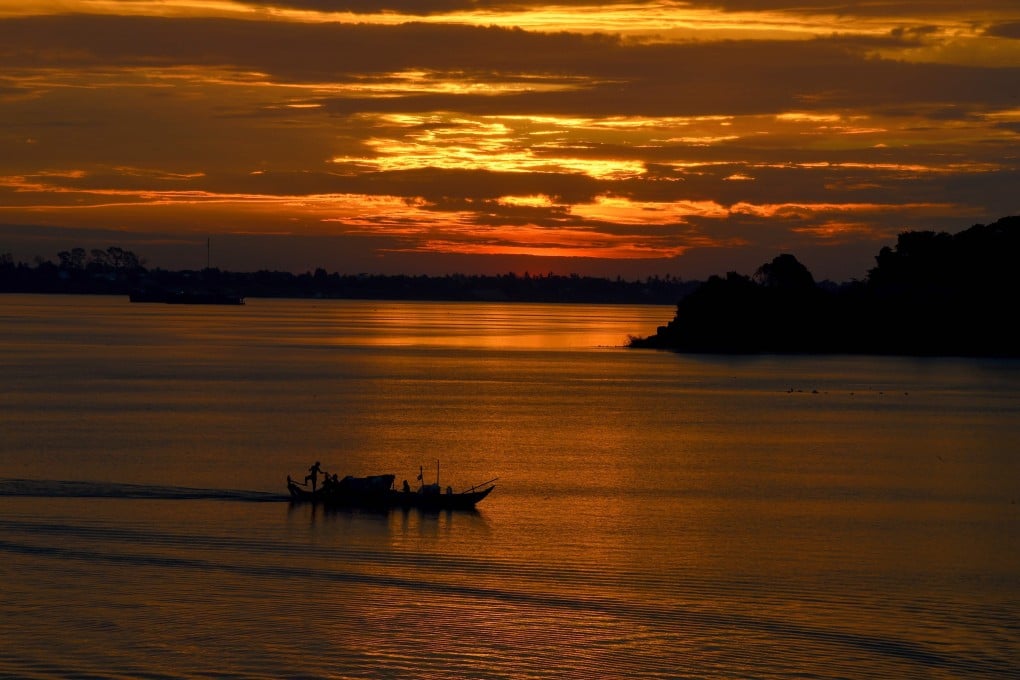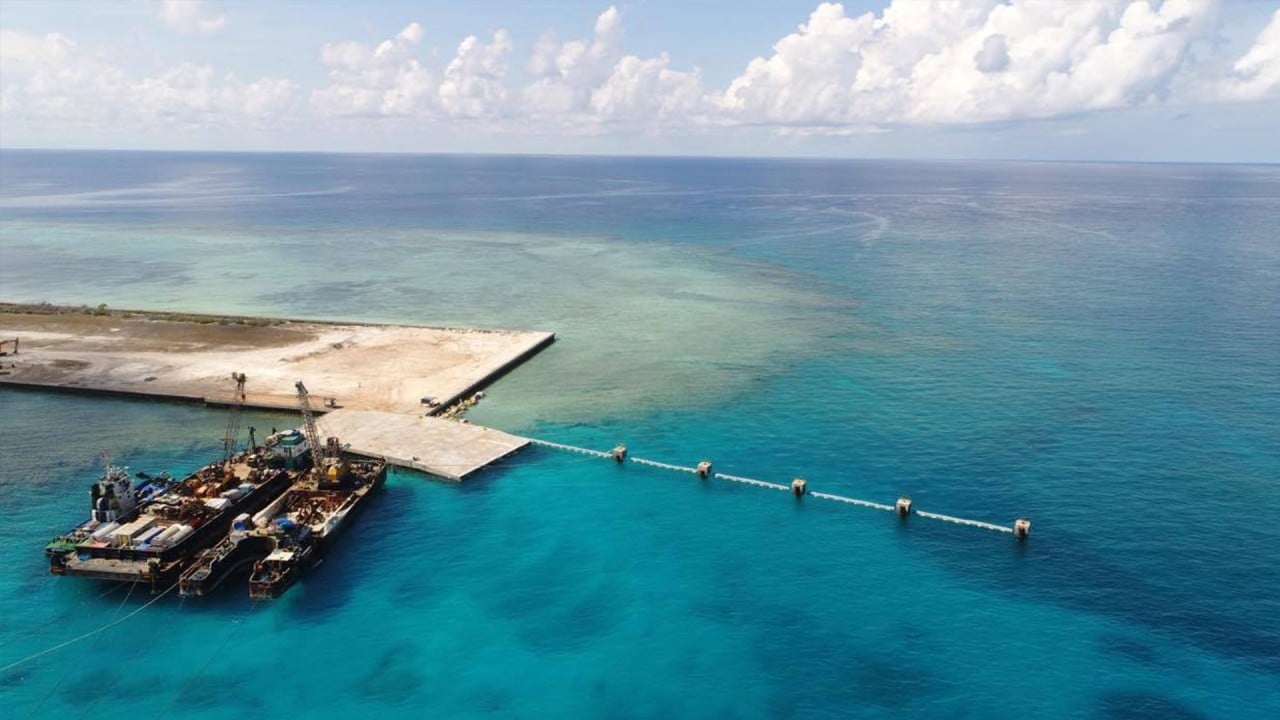Asian Angle | Why Asean should treat the Mekong like the South China Sea
- The Southeast Asian bloc’s forums have helped balance Chinese assertiveness in the disputed South China Sea
- But in the Mekong Basin, where China holds the throats of half of Asean in its hands, its divisions leave it exposed

Mekong Basin forums and organisations are only loosely related to Asean. Non-riparian Asean members have minimal, if any, interest in their proceedings and generally do not participate. Riparian members sometimes try to interest the rest of Asean in Mekong issues but are met with only the pretence of polite interest. This represents a dangerous failure of strategic imagination by non-riparian Asean members. They need to discard a narrow transactional approach towards Mekong issues and think about Southeast Asia holistically as one strategic theatre.

02:32
Washington’s hardened position on Beijing’s claims in South China Sea heightens US-China tensions
The Mekong connects Southeast Asia with continental Asia. The river imposes a certain geopolitical coherence on an otherwise culturally and politically diverse group of mainland Southeast Asian countries and distinguishes them from the amorphous broader Asian land-mass. “Mainland Southeast Asia’ may as appropriately be called ‘Mekong Southeast Asia’. The Mekong ultimately drains into the South China Sea, linking the mainland with the maritime. The separation of land and sea is artificial and unsustainable.
One of Asean’s primary functions is to help the countries of Southeast Asia maintain autonomy amid the major power competition that is one of the inescapable realities of the region. Asean does this: First, by managing relations among its members so as to minimise the opportunity for major powers to take advantage of intraregional issues to advance their own interests. Second, and more vitally, by encouraging a balance among major powers because small countries can maintain autonomy only by navigating the interstices of major power relationships.

01:17
Philippine officials unveil beaching ramp on disputed South China Sea island
The US and China are obviously in a category apart from these countries. But an omnidirectional and multipolar balance maximises manoeuvre space for small countries far more than a simple bipolar structure, even if all the poles are not of equal weight. Asean-led forums such as the Asean Regional Forum (ARF), the East Asia Summit and the Asean Defence Ministers Meeting-plus, promote this type of balance because they give countries from outside Southeast Asia a legitimate anchor in our region.
